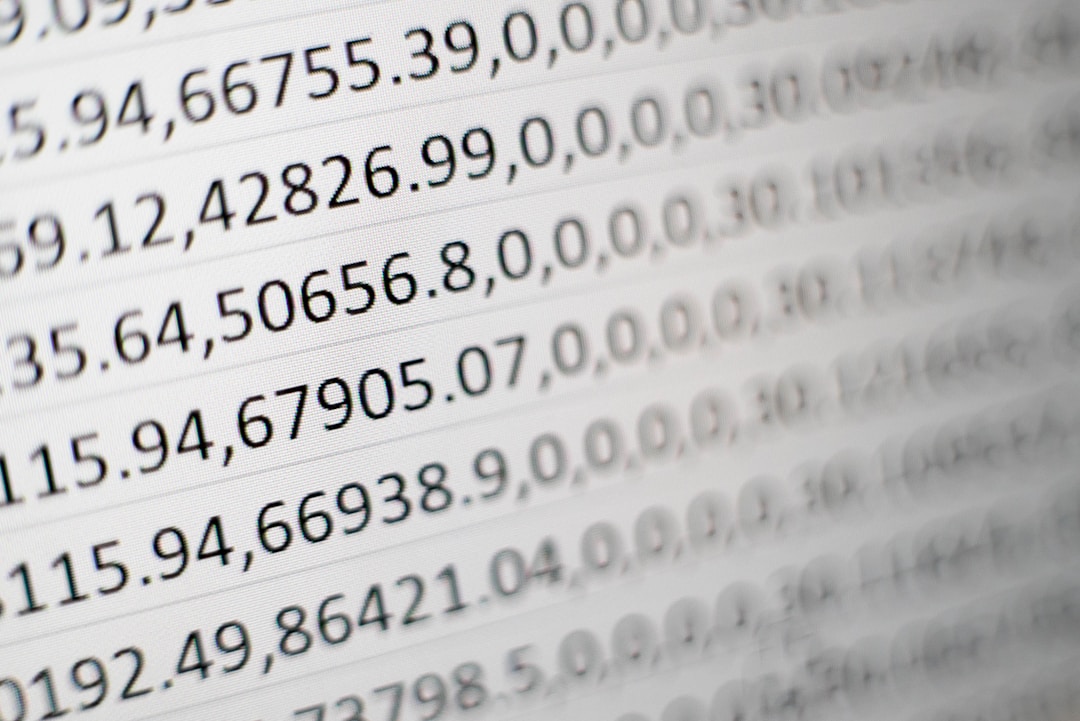In the world of computers, there’s a lot of processing going on. The term “processing” refers to the data being processed by a system or device to accomplish a given, complex task. These tasks are carried out through a processor that works with data and algorithms that manipulate said data until the desired outcome is achieved.
Here are seven tips on parallel processing, data integration, and parallel computing.
Parallel Processing
Parallel processing is a computing method that separates parts of complex tasks to run simultaneously on various central processing units or CPUs. This significantly reduces the time in which each of the tasks is executed.
1. Use or write an efficient parallel algorithm.
In order to use parallel processing, you’ll need to use or develop your own parallel algorithm. This algorithm needs to be able to turn computational problems into individual tasks so they’re executed in a sequential manner. It also needs to be able to assign each task to separate processors. You can choose to use an algorithm design method such as the following methods:
- data parallelism
- functional parallelism
- functional task pool
- master and slaves
- pipelining
2. Choose the right amount of CPUs.
A CPU, or processor, will take a set of instructions and execute them with the help of its arithmetic and logic unit (ALU), control units, and registers. In a parallel system, you may need multiple processor cores to process multiple instructions. For instance, if you are working with a massively parallel processing (MPP) system, then you’ll need one or more processors for every node in a shared disk.
Data Integration

Data integration is the consolidation of data by business processes to provide a unified version of said data. This can be achieved by implementing various techniques such as data replication and virtualization.
3. Use a data integration technique.
In order to achieve superior data integration, it’s important to implement certain techniques that help automate the process from source to target systems. One of these techniques is called “Extract, Transform, and Load” and works by copying sets of independent data into a data warehouse or database. On the other hand, “Data Virtualization” works by combining data sets into a virtual system instead of loading it onto a new repository.
4. Consider big data integration.
Big data are extremely large data sets from various information streams that are often used for faster analytics that determine patterns or trends and even associations. These large datasets are widely used in applications to comprehend human behavior and interactions and are too complex for traditional processing systems.
5. Use data integration tools.
There are various data integration tools that can be used to automate or manually move data from a source to a target system, each one possessing its own benefits. For example, there is the “Common User Interface,” which includes a non-unified view of the data in which the user operates by accessing the information on any of the available sources. Another tool for data integration includes “Physical Data Integration,” in which a new system is created to independently manage a copied dataset from the source.
Parallel Computing

The term parallel computing refers to the type of architecture in which various processors execute smaller calculations at the same time by breaking down a much larger and more complex problem. Parallel computing uses shared memory to allow processors to communicate with each other and helps increase computation power, which results in faster processing and problem-solving.
6. Understand the types of parallel computing.
There are four types of parallel computing: bit-, instruction-, task-, and data-level parallelisms. Each type serves a specific purpose and should be thoroughly evaluated.
7. Determine the best architecture for parallel computing.
Parallel computing includes architectures like symmetric multiprocessing, massively parallel computing, distributed computing, and multi-core computing. They each play a part in any given level of the hardware that supports parallelism.


































